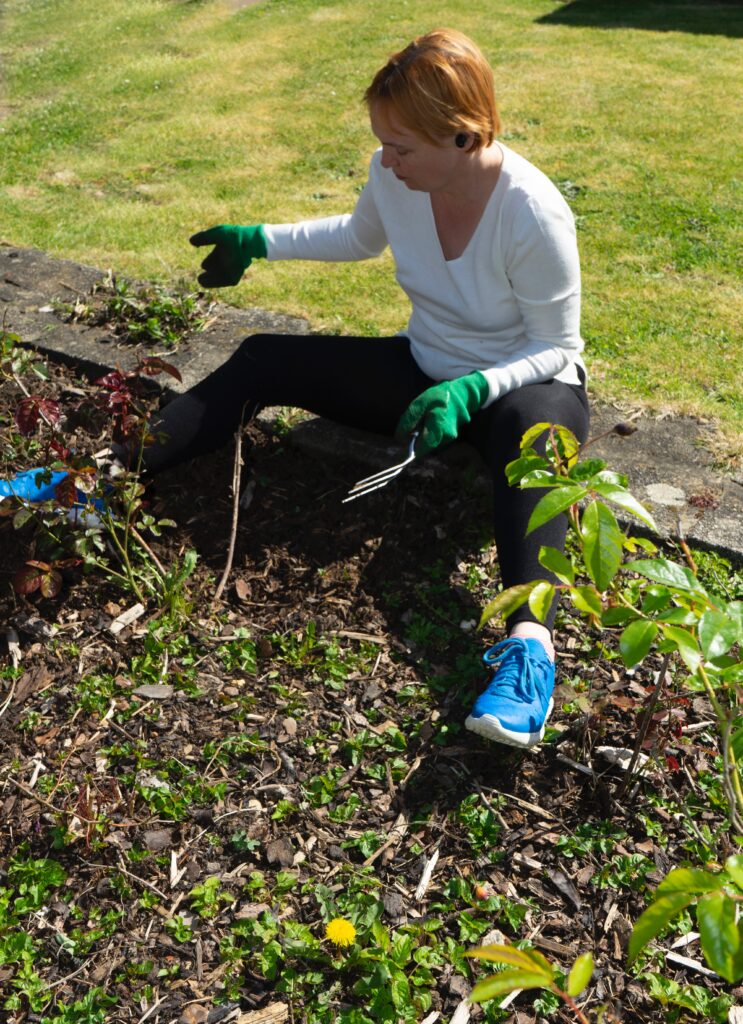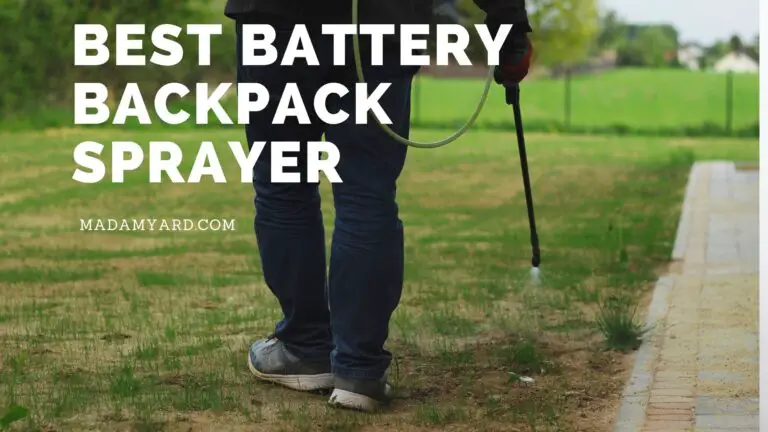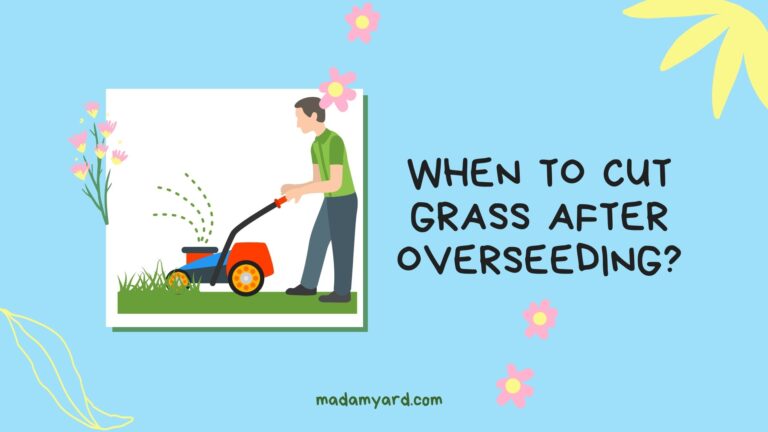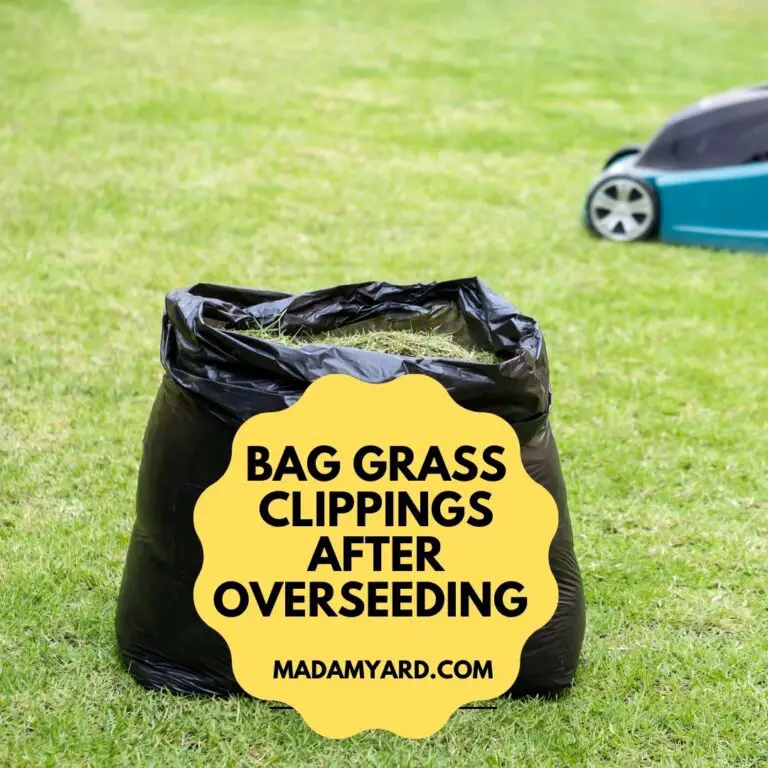How to Prevent Weeds in Your Lawn: A Comprehensive Guide
Picture this: a warm summer day, a gentle breeze rustling through the lush green grass, and your perfectly manicured lawn serving as a picturesque backdrop for outdoor gatherings and playtime with your family.
But wait, what’s that? Unwanted invaders poking their heads through the emerald carpet, threatening to mar the beauty of your carefully nurtured lawn? Weeds! The nemesis of every lawn enthusiast.
Weeds have an uncanny ability to sprout up seemingly overnight, wreaking havoc on the appearance and health of your lawn. They compete with your beloved grass for essential nutrients, water, and sunlight, turning your once pristine yard into a battleground.
But fear not! We’re here to arm you with the knowledge and strategies to avoid perennial weeds from growing on your lawn.
In this comprehensive guide, we’ll unveil the secrets to prevent weeds in your lawn. From promoting healthy lawn growth to understanding soil care and implementing effective weed control methods, we’ll provide you with a toolkit of proven techniques.
So, grab your gardening gloves, and let’s dive into the world of weed prevention, ensuring that your lawn remains a sanctuary of beauty and tranquility.
Understanding Weeds
Weeds—those tenacious troublemakers that seem to defy all odds and take root in the most unwelcome places. But what exactly are these botanical rebels? Weeds are nature’s opportunists, thriving in the most adverse conditions and wreaking havoc on carefully cultivated landscapes.
They come in all shapes and sizes, from the familiar dandelion with its vibrant yellow flowers to the sneaky crabgrass that stealthily spreads across your once-pristine lawn.
These botanical intruders are not just a nuisance; they are experts in survival. Weeds possess a remarkable ability to adapt, infiltrate, and reproduce with lightning speed. They spread their seeds through the air, underground rhizomes, or runners that creep along the soil surface, making it seem like they have an army at their disposal.
But don’t underestimate the resilience of your lawn and garden! By understanding the nature of weeds, you gain an advantage in the battle against them. Knowing their life cycle, growth habits, and preferred environments allows you to disrupt their plans of invasion. Armed with this knowledge, you can develop targeted strategies to prevent weed growth and keep your landscape under control.
So, take a closer look at these botanical adversaries. Explore their habits, study their weaknesses, and unveil their secret strategies. With a deep understanding of weeds, you’ll be able to prevent weeds from growing, transforming your lawn into a flourishing oasis that leaves no room for these unwelcome interlopers.

How to Prevent Weeds From Growing?
Here is the best way to prevent weeds.
1. Promote Healthy Lawn Growth
Imagine stepping onto a velvety carpet of lush green grass, each blade standing tall and strong, creating a picturesque scene that beckons barefoot adventures and outdoor gatherings.
The key to achieving this vibrant paradise lies in promoting healthy lawn growth. A healthy lawn acts as a formidable defense against the encroachment of weeds, leaving little room for these interlopers to establish their roots.
To cultivate a thriving lawn, a few key practices come into play.
a. Proper mowing techniques
Like a skilled hairstylist, you’ll want to trim your grass at the optimal height for your particular grass type, avoiding the temptation to cut it too short. This helps strengthen the grass and leaves less room for weeds to wiggle their way in. Varying your mowing pattern also plays a part, in preventing soil compaction and encouraging even growth throughout your lawn.
b. Regular Watering
Just like humans, grass needs the right amount of water to flourish. Deep, infrequent watering sessions, rather than shallow and frequent sprinklings, encourage deep root growth, allowing your grass to develop a robust system that outcompetes those pesky weeds.
Find the balance between providing adequate moisture and avoiding overwatering, as excessive water can actually create a breeding ground for weeds to take hold.
c. Adequate Lawn Fertilizer
Give your lawn the nourishment it craves through proper fertilizer. You should fertilize your lawn to resist weed invasion, so follow recommended fertilization guidelines and apply the appropriate nutrients at the right times.
This will provide your grass with the fuel it needs to grow strong and maintain its vibrant green hue.
d. Overseeding
Fill in thin or bare patches in your lawn by overseeding with the appropriate grass seed. A dense lawn helps choke out weeds and provides less space for them to establish.
2. Proper Soil Care
Beneath the surface of your lawn lies a secret world that holds the key to a flourishing landscape. It’s time to dig deep and explore the importance of proper soil care in preventing weed infestations. Just as a solid foundation is vital for any structure, healthy soil provides the groundwork for a resilient and weed-resistant lawn.
a. Soil Testing
Soil testing is your first step toward understanding your lawn’s needs. Uncover its pH levels, nutrient deficiencies, and composition to tailor your soil care regimen.
Adjusting pH levels, if necessary, ensures that your grass thrives in its optimal range, leaving less room for weeds to take root. Armed with this knowledge, you can then embark on a targeted fertilization plan, replenishing the nutrients your soil craves and boosting your lawn’s vigor.
b. Aerate
But there’s more to soil care than adjusting pH and fertilizing. Compacted soil can hinder root growth and create an open invitation for weeds to invade. Regular aeration allows for proper water absorption and nutrient penetration, strengthening your grass while making it a less hospitable environment for unwanted interlopers.
c. Mulch Application
Let’s not forget the power of mulch. Applying a layer of organic mulch around your plants and garden beds act as a natural barrier against weed growth. By blocking sunlight and smothering weed seeds, mulch becomes your lawn’s bodyguard, keeping weeds at bay while retaining soil moisture and promoting overall health.
By tending to your soil’s needs, you’re establishing a sturdy foundation for your lawn’s well-being. Unlock the secrets beneath the surface, provide your grass with the right conditions, and watch as a healthy, weed-resistant landscape takes root before your eyes. Prepare to marvel at a lawn that flourishes with vibrant beauty, where the battle against weeds becomes an effortless triumph.
Weed Control Methods
When it comes to removing weeds from your lawn, a multi-pronged approach is key. Let’s explore some effective methods for controlling weeds.
1. Hand Pulling

For smaller areas or isolated weeds, nothing beats good old-fashioned hand pulling. Grab your gloves, get down close to the ground, and remove weeds by hand, including the root system. It’s a satisfying and immediate way to combat weeds, providing instant gratification as you restore order to your lawn.
2. Weed Control Products
Enter the world of selective herbicides, specifically designed to target and eliminate specific types of weeds. These products can be applied directly to the weeds, effectively eradicating them while minimizing harm to your lawn. Remember to carefully read and follow the instructions to ensure safe and effective use.
3. Pre-Emergent Herbicides
Stay one step ahead of weeds by applying a pre-emergent herbicide. These herbicides form a protective barrier in the soil, preventing weed seeds from germinating and taking hold. Applying pre-emergent herbicides in early spring or fall helps thwart the growth of annual weeds, giving your lawn a head start in the battle against invasive plants.
4. Post-Emergent Herbicides
When weeds have already made their presence known, it’s time to bring in the post-emergent herbicides. These products target existing weeds, delivering a powerful punch to their growth and survival.
Choose herbicides designed for the specific types of lawn weeds you’re dealing with, as broad-spectrum options may harm your lawn as well. Take care to apply these products responsibly, following safety guidelines and minimizing their impact on the environment.
Tips for Controlling Weeds With Herbicides
Getting rid of weeds in the lawn with herbicides is essential to maintaining a well-manicured lawn or garden. However, it is important to use caution when applying herbicides to weeds without harming desirable plants or the environment.
One tip for using herbicides effectively is to carefully follow the instructions on the label, including the recommended dosage and application method. It is also important to choose the right type of herbicide for the specific weed species being targeted.
Another tip is to apply herbicides during optimal weather conditions, such as when the plants are actively growing and there is no rain forecast for at least 24 hours. This will ensure that the herbicide you use can be absorbed by the weeds without being washed away.
Lastly, it is crucial to monitor the treated area for several weeks after application to ensure that the weeds have been successfully eradicated and to prevent re-growth. Following these tips for controlling weeds with herbicides can help to maintain a healthy and beautiful landscape.
5. Manual Weed Control
Regularly inspect weeds in your yard and manually remove any visible weeds in your garden before they have a chance to spread. This proactive approach can prevent weeds from establishing and save you time and effort in the long run.
Lawn Maintenance Practices
Maintaining a healthy, vibrant lawn is an ongoing commitment that goes beyond the initial weed control efforts. Incorporating effective lawn maintenance practices into your routine will help fortify your lawn’s defenses against future weed invasions. Let’s delve into some key practices that will keep your lawn looking its best.
Proper Seeding
A dense and thriving lawn leaves little room for weeds to take hold. Regular overseeding, particularly in thin or bare patches, helps fill in the gaps and create a robust grass coverage that naturally crowds out weeds. Choose high-quality grass seed that is suitable for your climate and soil conditions to ensure successful growth.
Avoid Overwatering
While watering is essential for lawn health, overwatering can create a favorable environment for both grass and weeds. Aim for deep, infrequent watering sessions, allowing the soil to dry out between watering intervals. This encourages the grass to develop deep roots, making it more resilient and less susceptible to weed competition.
Regular Debris Removal
Keep your lawn free from fallen leaves, grass clippings, and other organic debris. These materials can provide a cozy home for weed seeds, allowing them to take root and thrive. Regularly clear your lawn to prevent the accumulation of debris, giving weeds fewer opportunities to establish themselves.
Avoid Overfertilizing
While proper fertilization is beneficial for your lawn’s health, excessive fertilization can actually promote weed growth. Follow recommended fertilization schedules and application rates to provide your grass with the necessary nutrients without overstimulating weed growth.
Lawn Edging
Establish clear boundaries between your lawn and garden beds, pathways, or other areas. Regularly maintain and edge these boundaries to prevent the encroachment of weeds into your lawn. Edging not only enhances the visual appeal of your landscape but also acts as a physical barrier, deterring weeds from spreading.
Final Remark
In the quest for a weed-free lawn that exudes beauty and tranquility, a combination of proactive strategies and consistent maintenance is the key. By understanding the nature of weeds, promoting healthy lawn growth, implementing effective weed control methods, and practicing good lawn maintenance, you can significantly reduce the presence of weeds and create a lush, vibrant landscape.
Remember, weed prevention is an ongoing process that requires dedication and vigilance. Regular monitoring, prompt action, and a proactive approach will help you maintain a stunning, weed-free lawn that becomes the envy of the neighborhood. Embrace the joy of a well-tended lawn, where you can relish in the beauty and serenity of your outdoor sanctuary for years to come.
FAQ
How do you kill weeds without killing grass?
Weeds are pesky and unwelcome guests in any lawn or garden, but it’s important to find a way to get rid of them without harming the entire plant. The most effective way to do this is to manually pull the weeds out from the roots.
This may be time-consuming, but it’s the safest route. Another option is to use a selective herbicide, one that targets the weeds while leaving the grass unharmed. These herbicides contain chemicals that only affect the weeds’ biological makeup and not that of the grass.
It’s important to do your research before buying an herbicide, though, to ensure it’s safe for your type of grass.







